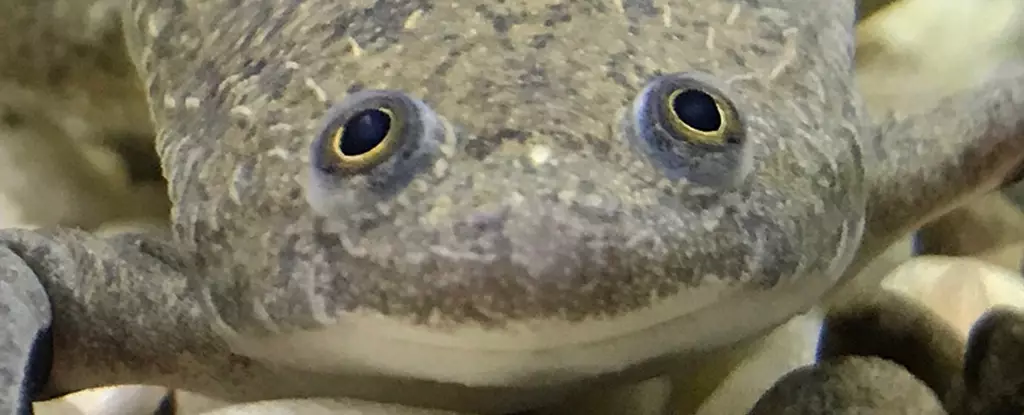Frogs, despite being hairless creatures, have played a crucial role in unraveling the mysteries of mammalian hair evolution. Researchers at Ghent University, led by molecular biologist Marjolein Carron, found some surprising genetic similarities between frogs and mammals. By closely studying the tropical clawed frog (Xenopus tropicalis), which shares keratinous components with nails, the team made a fascinating discovery. While previous studies suggested that claws in frogs and mammals evolved independently, the new research uncovered shared genes involved in the production of keratin-like molecules.
One of the key genes identified in the study is Hoxc13, which plays a critical role in the regulation of hair and nail growth. Patients with mutations in this gene often exhibit defects in the formation of hair and nails. Dr. Leopold Eckhart, a dermatologist at Medical University of Vienna, explained that by switching off the Hoxc13 gene, the researchers were able to block the formation of claws in the clawed frog. This finding suggests that the ‘seeds’ of hair evolution were planted in the common ancestor of frogs and mammals, known as a stem tetrapod.
The conservation of the Hoxc13 gene across jawed vertebrates indicates its fundamental importance in the evolutionary development of skin appendages. This gene was present in the last common ancestor of all jawed vertebrates and continues to play a crucial role in modern-day organisms. The researchers also found evidence of Hoxc13 in lobe-finned fish, our pre-land ancestors, where it was involved in the formation of paired fins that later evolved into tetrapod legs.
As land-dwelling animals adapted to their environment, the development of hardened skin appendages became essential for survival. These protective structures, such as claws, nails, and hair, served various functions, including digging, hunting, and self-defense. The researchers note that the original ‘hair keratins’ in early vertebrates likely served as ‘toe keratins,’ as seen in modern-day tree frogs and axolotls. Over time, the expression of keratin-like molecules expanded to other parts of the body, leading to the development of hair in mammals.
One intriguing aspect of skin appendages is their ability to regenerate throughout life. Claws, nails, and hair constantly renew themselves to compensate for wear and tear caused by environmental factors. This regenerative capacity is essential for the maintenance of skin appendages and highlights their dynamic role in an organism’s life cycle.
The study of frogs has provided valuable insights into the evolutionary origins of hair in mammals. By uncovering genetic similarities and shared developmental pathways, researchers have shed light on the complex process of skin appendage evolution. Further research into the role of key genes, such as Hoxc13, will deepen our understanding of how skin appendages have diversified and adapted over millions of years.

Leave a Reply